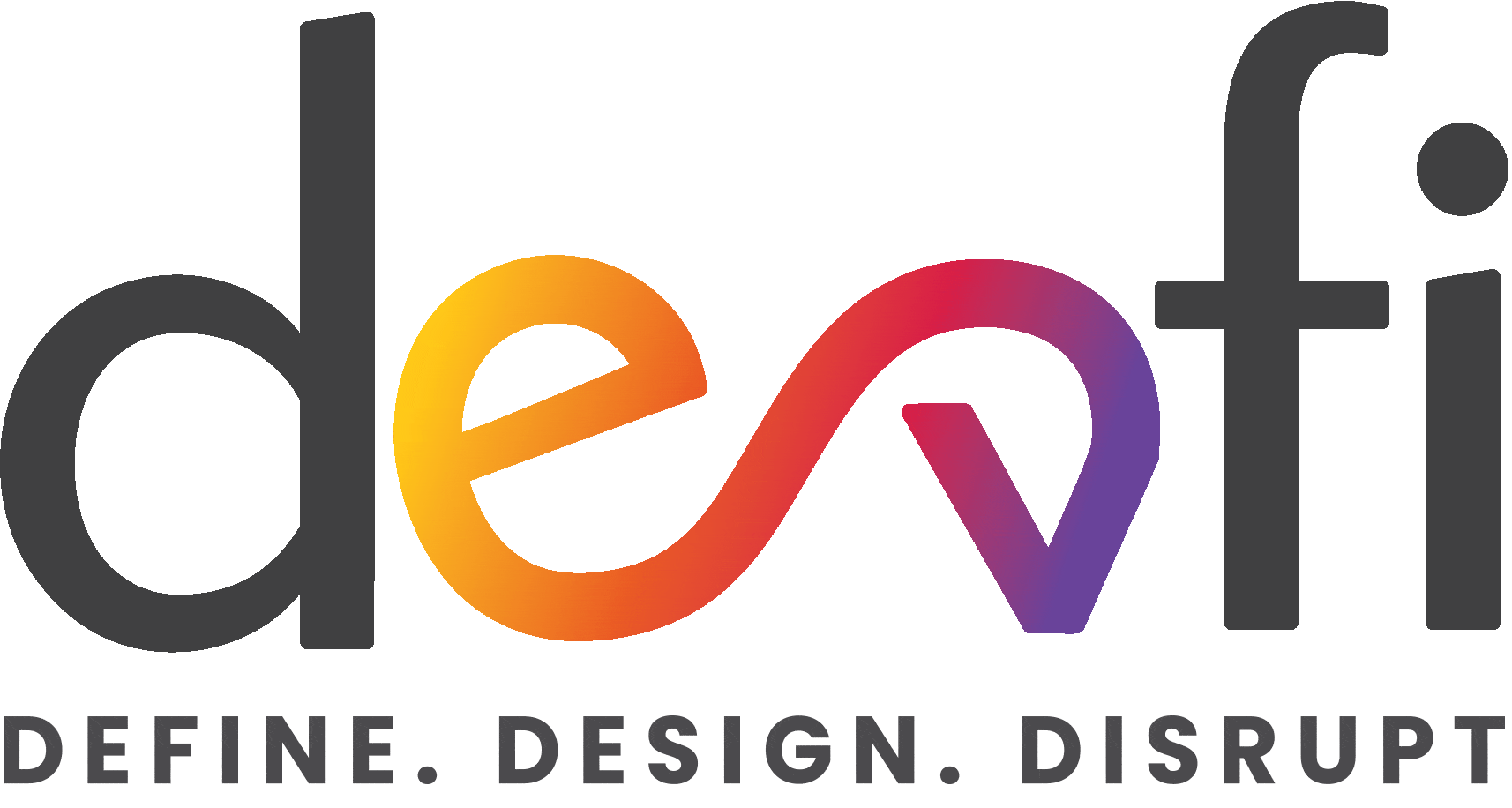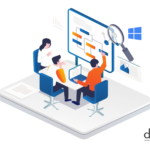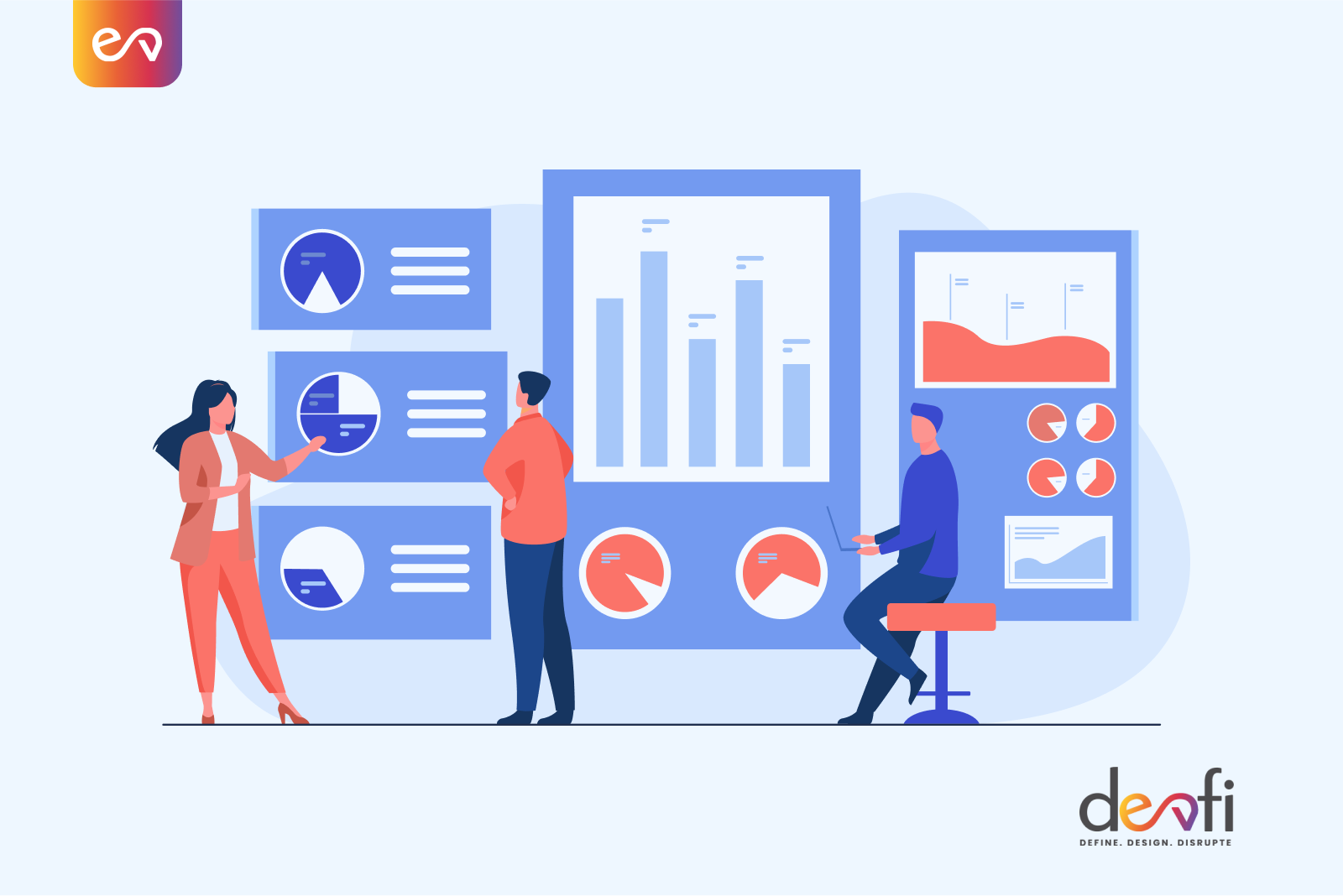New product development is often plagued by cost overruns and missed deadlines. According to Mckinsey, only 30% of new software projects meet their original delivery deadline and one in five of these do so by removing or deferring features. The average schedule overrun is around 25%.
A software development team needs to be able to predict how long it will take to complete a project, how much it will cost, and the likelihood of meeting deadlines. Using predictive analytics in your development process allows you to maximize the value of your resources by identifying bottlenecks and problems early on, while they’re still easy to fix.
The key is to use the right tools. These days, there are plenty to choose from, including:
- Simulation software for modeling complex systems;
- Analytics platforms for collecting data and making sense of it;
- Machine learning algorithms for identifying patterns in data sets;
- Operations research methods for optimizing processes; and
- Cybersecurity systems that can detect cyberattacks in real time.
In this blog post, we’ll discuss how predictive analytics can help you drive your product development efforts.
One reason for the dismal track record in product development is that companies don’t take into account all the risks associated with a particular project. The problem with software development is that it’s hard to predict what users want, especially when it comes to new features and improvements. You can’t just ask them what they want or build the most popular feature requests into your next release.
Predictive analytics is a powerful tool that can be used to improve new software development. Predictive analytics, however, can help you figure out what users want. You’ll have a better idea of what features are likely to become popular after launch and which ones are going to flop — so you can make smarter decisions about what to include in your next release cycle.
How predictive analytics can help improve software product development
Predictive models are statistical or mathematical representations (or “models”) of how a system or process works. They let us make predictions about the future by using historical data as input to generate forecasts and other types of analysis. Predictive analytics can be used to improve product development in several ways:
- Product development lifecycle management – Predictive analytics can help identify risks early in the development process so they can be mitigated before they become major obstacles.
- Quality assurance – Is there a way to improve your testing process without sacrificing quality? What if you could find out what bugs are likely to crop up before they even happen? That’s where predictive analytics steps in. The idea behind this method of testing is simple: use historical data from past projects to predict what bugs might occur on future projects. This allows QA teams to focus their resources on areas that need it most, rather than wasting time on things that don’t matter as much.
- Feature selection & ranking – Data scientists can use predictive models to rank products based on their desirability within a market segment or their potential for generating revenue over time. This type of analysis can help product teams prioritize new feature releases and decide which features are most likely to succeed in the marketplace before committing resources to build them out.
- Product management – Predictive analytics can help product managers understand how customers use their products and what they want from them. It can also help them understand how different market segments use their products differently, so they can develop new products that meet the needs of specific markets more successfully.
- Customer churn – Predictive analytics can be used to predict customer churn, enabling companies to take action before customers leave. If a company knows which features customers like most, it can make sure those features are always available — even if some other features need to be removed temporarily.
- Impact assessment – Predictive analytics can be used to predict the impact of upcoming changes on customer satisfaction. For example, a company might want to add a new feature to its app or redesign its UI. Predictive analytics could tell the company how much customer satisfaction would increase/decrease if it made these changes. This information would give the company an idea about how much risk it was taking by making these changes and whether they were worth doing at all!
- Sales forecasting – Sales forecasting is one of the most important functions in any company because it determines staffing levels, investment decisions and marketing campaigns. Predictive analytics lets companies forecast sales based on historical data about customer behavior with similar products or services offered by competitors. This helps companies be more efficient with their resources while still achieving their goals.
Getting started
When you’re planning to use predictive analytics for software development, there are a few things you need to know. Use data to find out what your customers want and need. Find out how they’re using your products and services, as well as how they’d like to use them in the future. Use these insights to build better software that meets those needs.
Also, train your workforce on how to use predictive analytics so that everyone is on the same page. Make sure that the results are shared with everyone involved—from sales and marketing teams all the way through product management and R&D departments—so that everyone knows what’s going on behind the scenes at all times!
Looking for a data analytics partners
Our data analytics services can help you leverage predictive analytics for your next new software development project. We’ll work with you to identify the right questions and build a system that helps you answer them in real time. To know more about predictive analytics for software product development or to know more about our data analytics services, contact us here.






